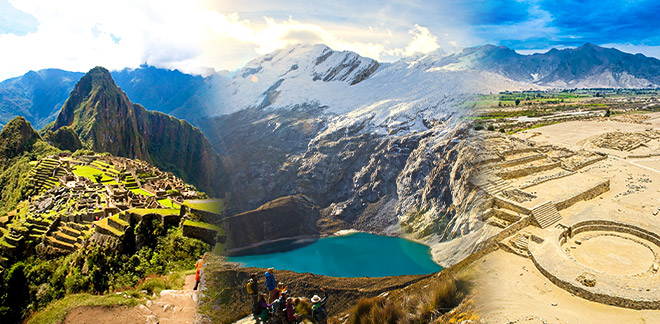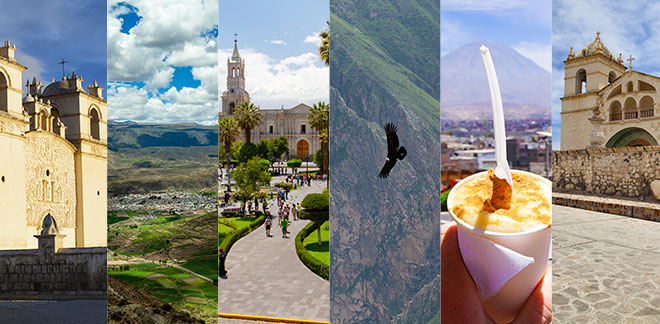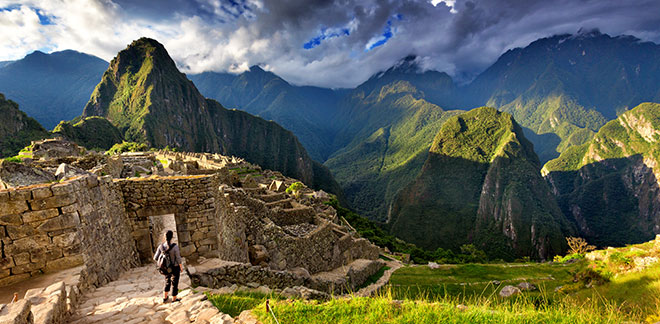International Cultural Heritage Day: Discover Peru's recognized heritage sites
Síguenos en:Google News
The country that was the cradle of the Inka Empire is home to an extraordinary wealth of archaeological and tourist treasures recognized worldwide.
Peru, the cradle of a rich and ancient civilization, is celebrated worldwide for its remarkable cultural and natural heritage. UNESCO has recognized this legacy by designating thirteen sites in Peru as World Heritage Sites, underscoring the country's diverse and significant cultural and natural landscapes.
The following is a tour of each of these declared heritages.
NATURAL HERITAGE SITES
When a natural area is important, it is called a natural heritage site, which gives international recognition to a natural environment, with the objective of providing technical and economic assistance and protecting this area from threats, such as species extinction.
Manu National Park
It is located in the regions of Cusco and Madre de Dios, was designated a UNESCO Natural World Heritage Site in 1987 due to its astounding biological diversity. The park is home to over a thousand bird species and an extraordinary array of flora and fauna, including 228 mammal species, 158 amphibian species, 132 reptile species, 3 caiman species, and 210 fish species, as documented in the book " Parque Nacional MANU. Patrimonio de la Humanidad" (MANU National Park: World Heritage Site).
Additionally, its 1,500,000 hectares provide a vital refuge for endemic species, including the giant otter and the giant armadillo.
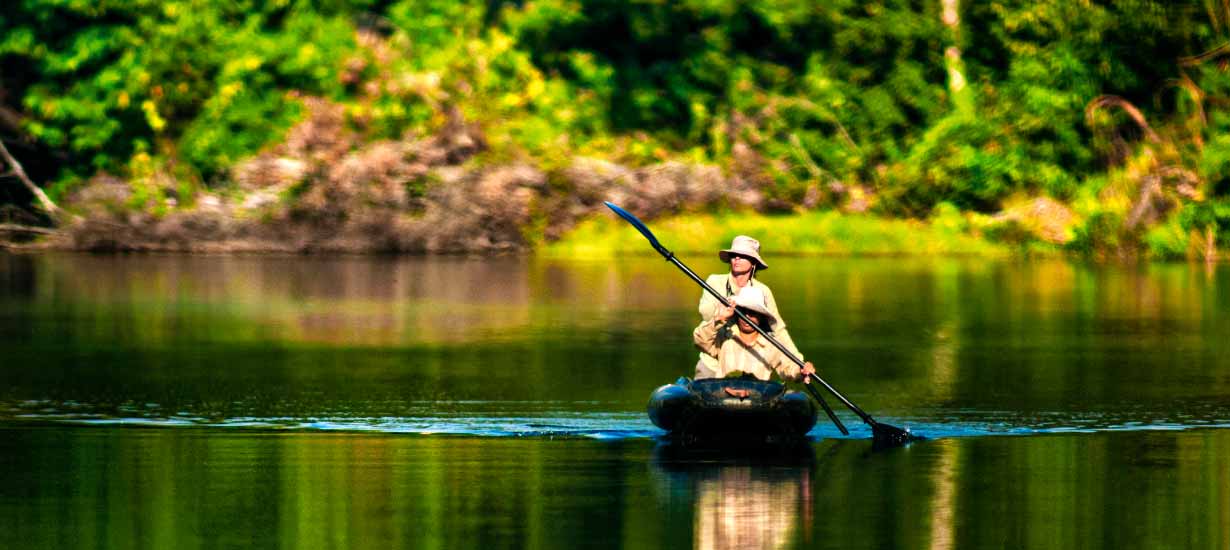 Source: Plenge Pardo / PROMPERÚ
Source: Plenge Pardo / PROMPERÚ
Huascaran National Park
Huascaran National Park, located in the Cordillera Blanca in the Ancash region, was designated a UNESCO Biosphere Reserve in 1977 and declared a Natural World Heritage Site in 1985. It is famous for being home to Huascaran, the highest peak in Peru, which rises to 6,768 meters above sea level and is crowned with snow.
As if that were not enough, Huascaran National Park boasts remarkable biological diversity, home to over 120 bird species and 10 mammal species. Notable among them are the Andean condor, the Andean wigeon, the puna partridge, and the spectacled bear.
 Source: Charley Voorhis / PROMPERÚ
Source: Charley Voorhis / PROMPERÚ
FACT
Peru ranks third in Latin America for the number of World Heritage Sites, following Brazil (24) and Mexico (35).
MIXED HERITAGE SITES
This group includes properties that possess elements of exceptional universal value, both cultural and natural. The following can be found in Peru:
Historic Sanctuary of Machupicchu
Declared a World Natural Heritage Site in 1983 and recognized as one of the New Seven Wonders of the World, Machupicchu is the most iconic archaeological site in South America. Located 2,430 meters above sea level, this sanctuary is surrounded by breathtaking natural landscapes and showcases the architectural and agricultural brilliance of the Inka Empire. Its construction, perfectly integrated with the surrounding mountains, reflects the Inkas' profound respect for nature.
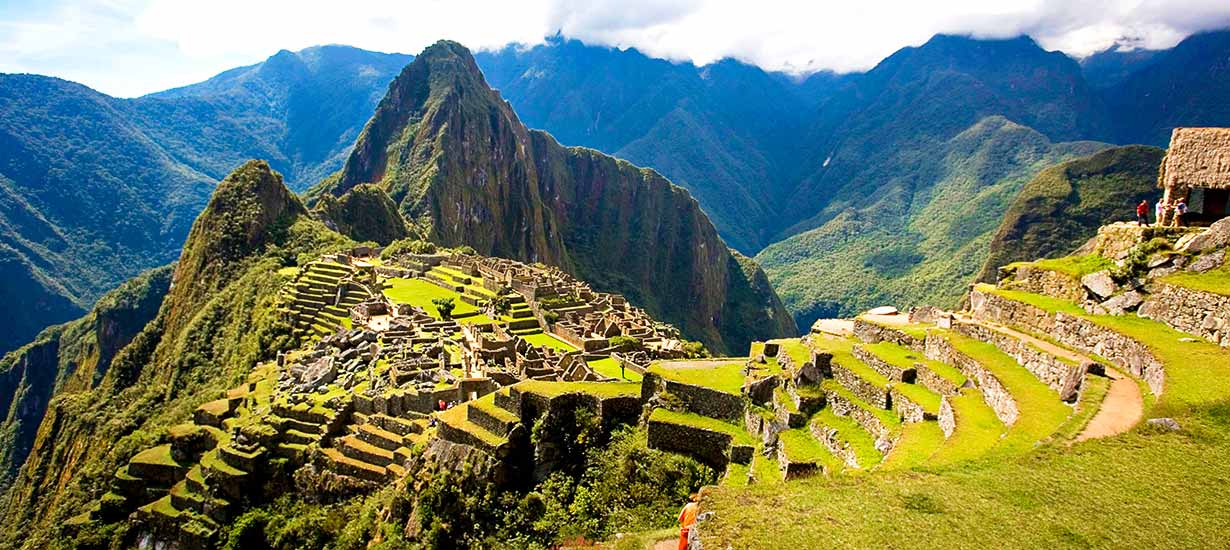 Source: Gihan Tubbeh / PROMPERÚ
Source: Gihan Tubbeh / PROMPERÚ
Abiseo River National Park
Created in 1983 by the Peruvian government to protect endemic flora and fauna from the region's rainforests, the Abiseo River National Park is home to species found only in this area, such as the yellow-tailed woolly monkey, which was once thought to be extinct.
It was recognized by UNESCO as a World Cultural Heritage Site in 1990 and as a Mixed World Heritage Site in 1992. The park is also notable for its archaeological remains. Since 1985, research has uncovered a total of 36 archaeological sites, including the Gran Pajaten citadel, built by the Chachapoyas, and the impressive Los Pinchudos burial complex.
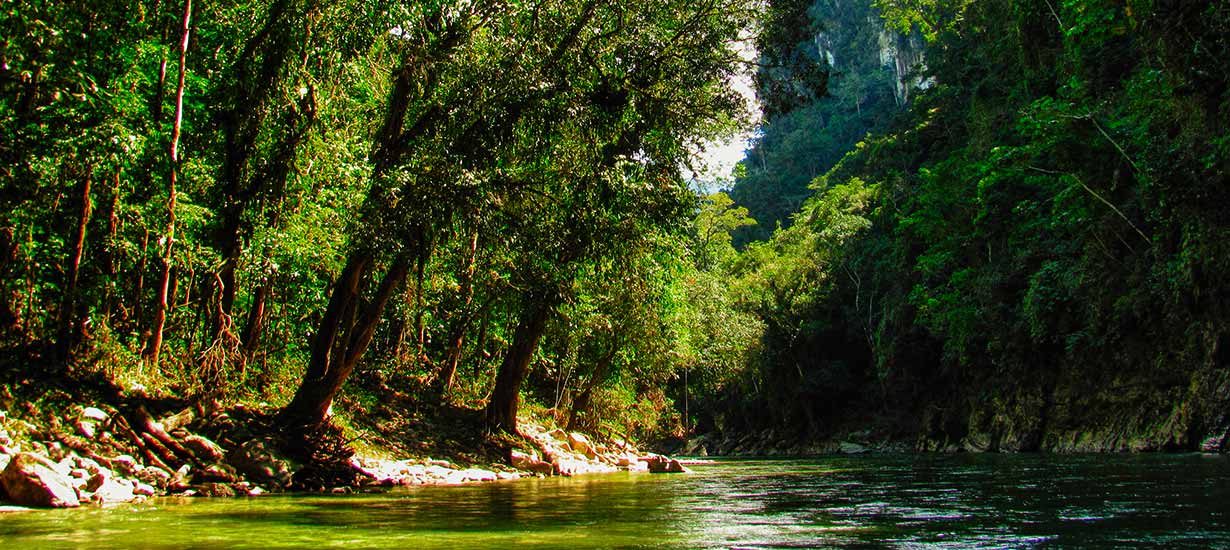 Source: DIRCETUR
Source: DIRCETUR
CULTURAL HERITAGE SITES:
These sites are made up of places of universal value from historical, ethnographic, and anthropological perspectives. They represent the legacy of society to future generations. Peru has the following:
The city of Cusco, the capital of the Inka Empire, is one of the most iconic destinations in Peru.
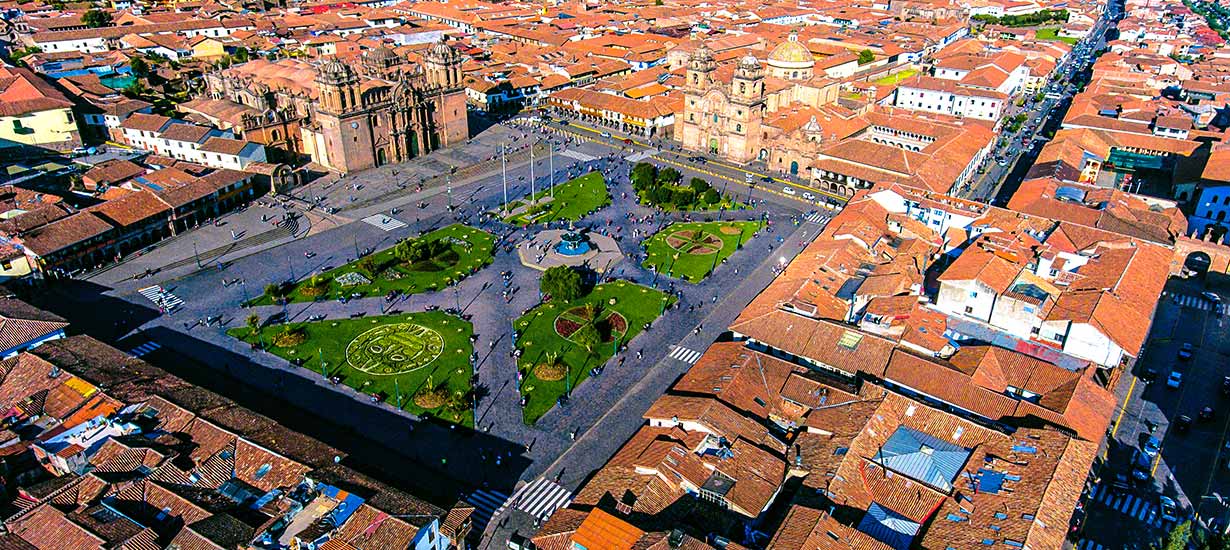 Source: Daniel Silva / PROMPERÚ
Source: Daniel Silva / PROMPERÚ
Archaeological Site of Chavin: One of the oldest ceremonial centers in the Americas.
Chan Chan Archaeological Zone: Once the most important city of pre-Columbian America, it was the capital of the Chimu Kingdom.
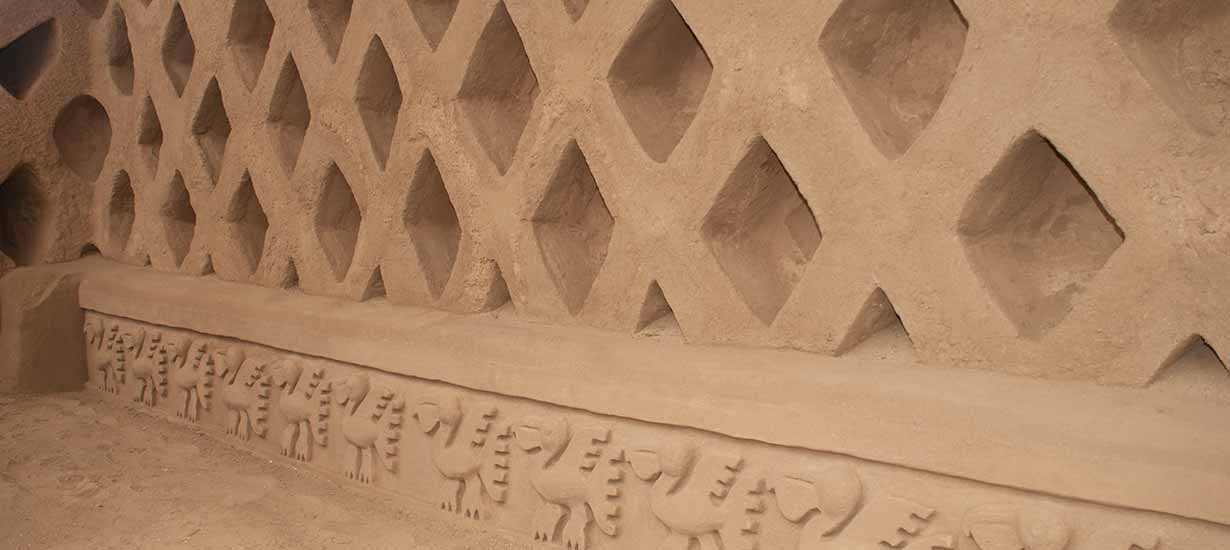 Source: PROMPERÚ
Source: PROMPERÚ
Historic Center of Lima: Peru's capital has a historic center renowned for its colonial architecture and rich cultural legacy.
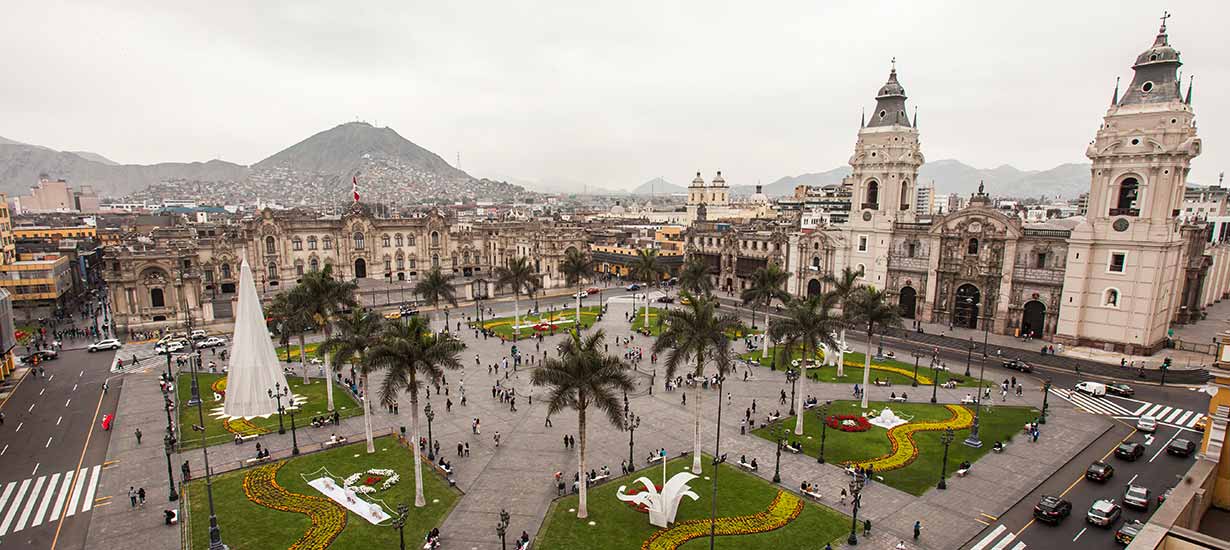 Source: Adrián Portugal / PROMPERÚ
Source: Adrián Portugal / PROMPERÚ
Nasca and Palpa Lines and Geoglyphs: These lines, visible only from the air, showcase the skill and creativity of the Nasca culture.
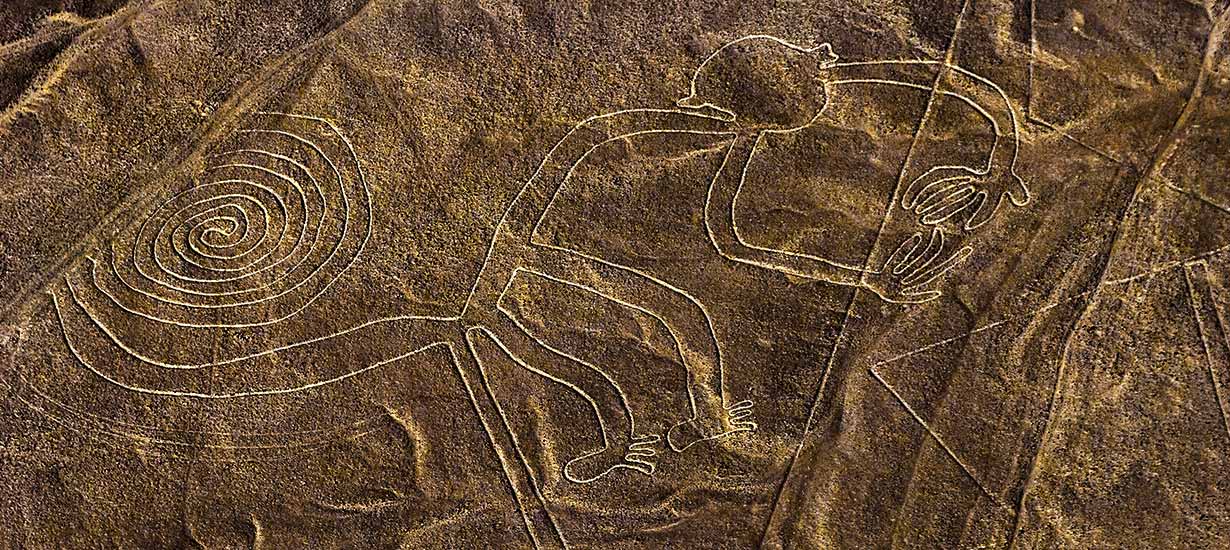 Source: Plenge Pardo / PROMPERÚ
Source: Plenge Pardo / PROMPERÚ
Arequipa's Historic Center: Known as the "White City," Arequipa is famous for its stunning sillar buildings.
 Source: Gihan Tubbeh / PROMPERÚ
Source: Gihan Tubbeh / PROMPERÚ
Sacred City of Caral - Supe: Caral is the oldest civilization in America, 5,000 years old.
 Source: Malku Producciones / PROMPERÚ
Source: Malku Producciones / PROMPERÚ
Qhapaq Ñan - Andean Road System: This extensive network of roads, built by the Inkas, stretches over 30,000 kilometers along the Andes.
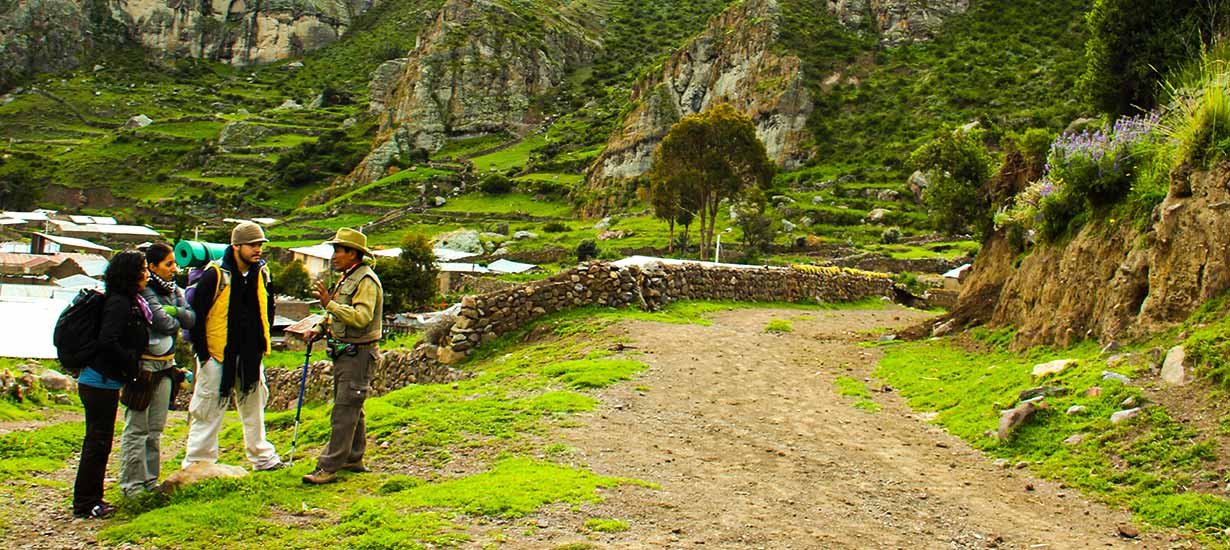 Source: PROMPERÚ
Source: PROMPERÚ
Chankillo Archaeoastronomical Complex: This site features a series of constructions in a desert landscape, along with natural elements that together function as a precise solar calendar.
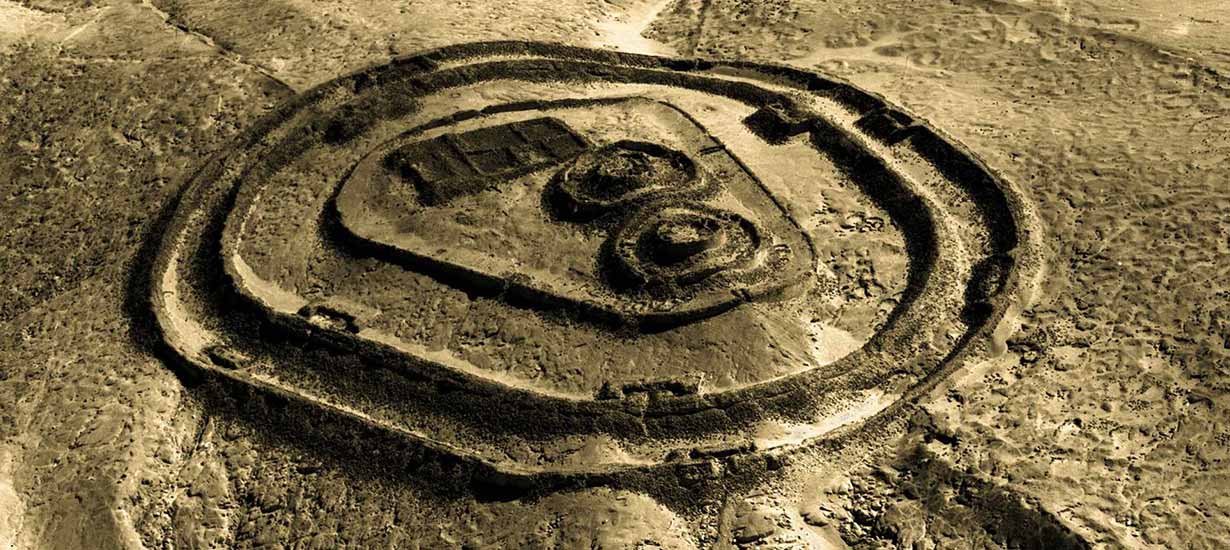 Source: PROMPERÚ
Source: PROMPERÚ
Peru's thirteen UNESCO World Heritage Sites embody the cultural and natural diversity that makes the country a captivating destination and an invaluable treasure for humanity. Each site tells a unique story, fostering cultural pride and helping preserve a heritage that must be safeguarded for future generations.


